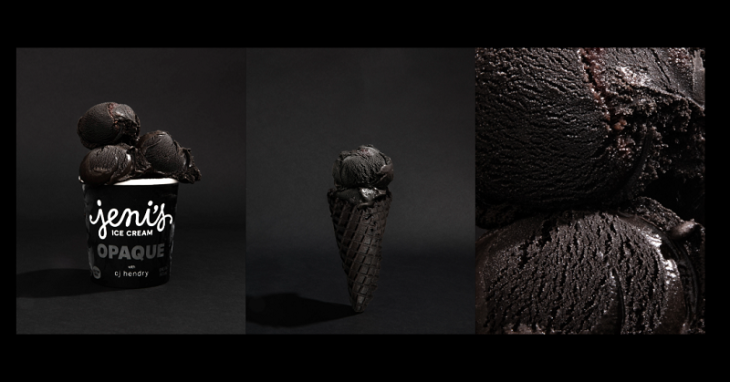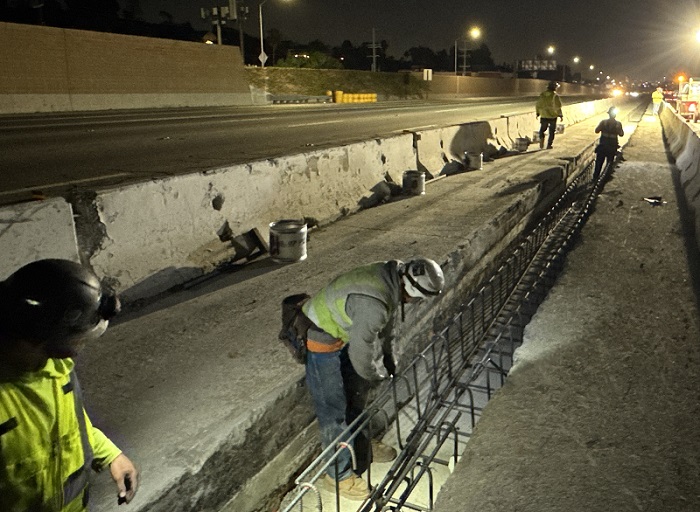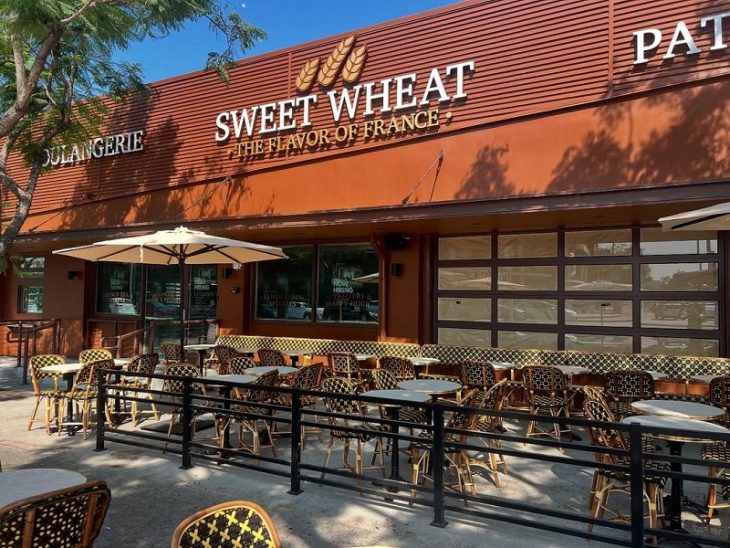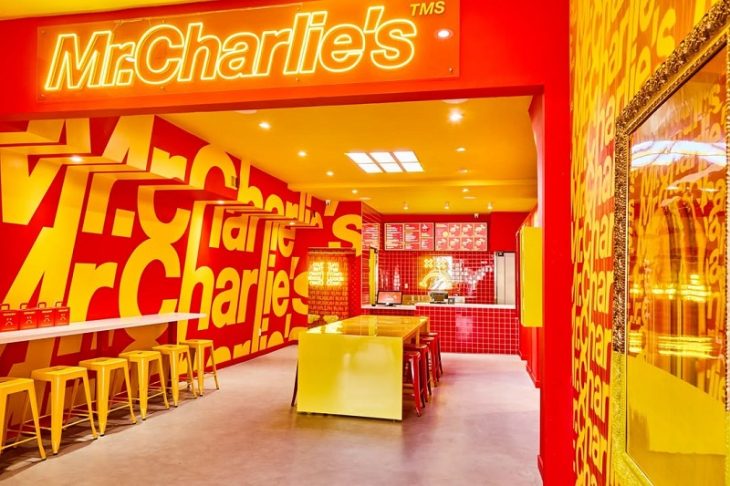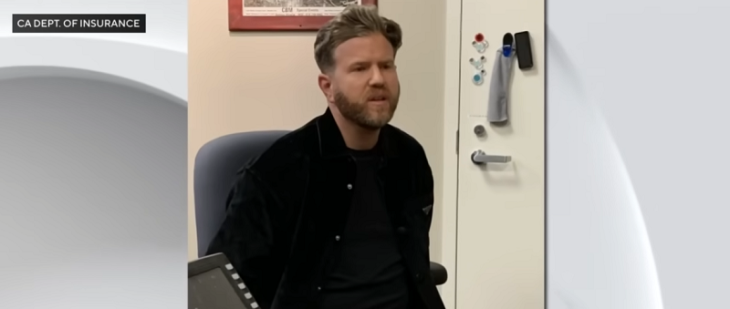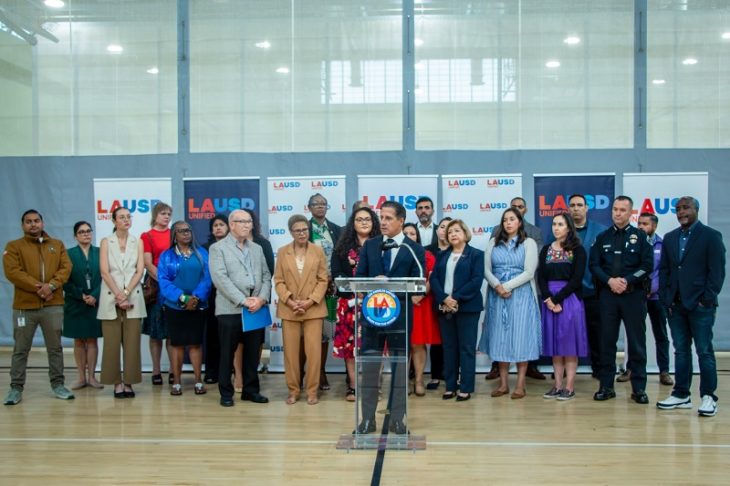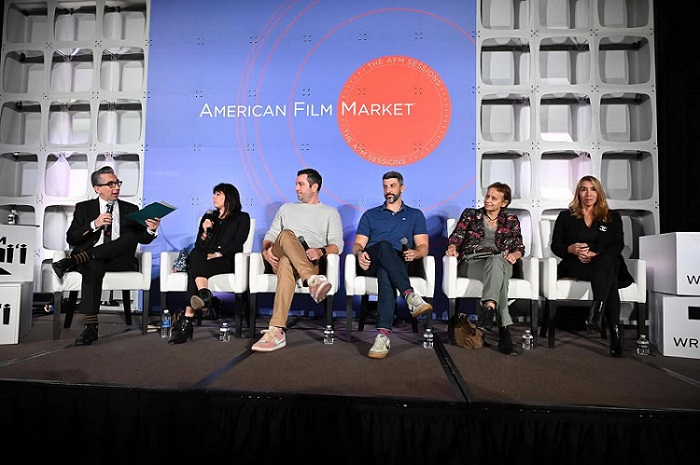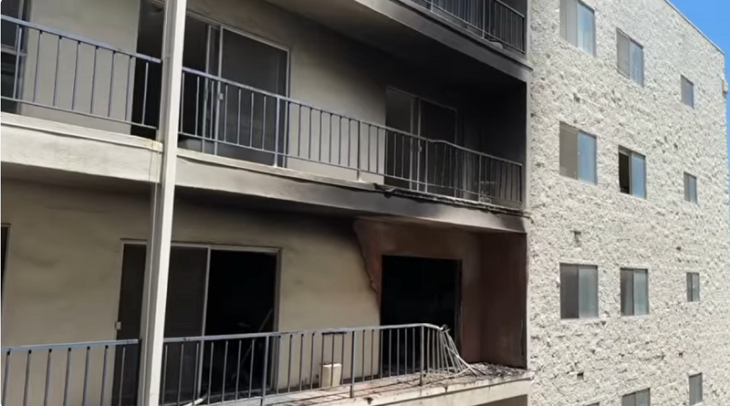By Avi Sinai

About the author: Avi Sinai is the principal of HM Capital, a Los Angeles company specializes in hard money real estate loan and private lending. To contact HM Capital you can call (530) 436-5630, or email all inquiries to avi@hardmoola.com
An unspoken factor of the housing crisis is rising construction costs of new homes. According to reports, construction costs are still rising due to increased demand for housing and shortage in materials. A possible solution to curb construction costs is an old idea from the 1950s – manufactured housing.
Mobile homes are a creative addition to the affordable housing solution in California. Manufactured homes are built fast, cost significantly less than ground-up construction, and can provide almost all the amenities of a traditional home. Manufactured homes are easily accessible with a median price of around $100,000 for a new double-wide unit, compared to a median statewide price of over $500,000. In addition to the efficiency and speed of construction, modern factory homes offer equivalent build quality and custom finishes to the end user. A custom home can take a year to finish, not including planning and permits. Homes built in a factory take far less time to complete and assembly is rather quick.
Manufactured homes also carry decades of negative stigma. Popular culture labeled people living in manufactured homes as ‘trailer trash’ and depict life in mobile home communities as a failure and a bad choice. Modern manufactured homes defy those stereotypes – they are high quality, come with custom finishes, and a popular choice for many middle class retirees. Wood frame mobile homes with tiled roof and custom finishes replaced single-wide tin framed trailers of the past. Customers can choose finishes from the manufacturer, even decide on a floor plan that fits their needs.
We already see the manufactured housing trend leak in smaller, niche markets. Television shows and blogs made tiny homes a trendy version of manufactured home for those who love extremely small spaces (100-200 square feet). Startups for 3-D printed homes broke ground in Austin, Texas, and claim to construct a home for under $4,000. Tiny homes and 3-D printed homes are a small but important proof of concept – both in popularity and viability. Marketed correctly, millennials and new families can embrace forms of manufactured homes and look beyond the ‘trailer park’ stereotypes.
Local authorities in California should consider the advantages of manufactured housing as another solution to the housing crisis. If industry leaders can show that manufactured homes meet the minimum standards of construction, and provide the basic infrastructure to support them, thousands of entry-level homes can be made available in less than a year. Mobile homes won’t solve the housing crisis but they can play an important part in solving it.

